Imagine opening your morning newspaper (itself a novelty these days) and finding a story about, not just life, but entire civilizations on another planet, attributed to one of the world’s foremost astronomers. Would you believe it, or might you suspect that some “alternative facts” had found their way to your doorstep?
Back in 1835, many readers in New York ended up believing just such a tale. The New York Sun, then one of the city’s leading newspapers, printed an elaborate six-part series about exotic animals living on the moon (including human-like creatures with wings), purportedly discovered through a gigantic newfangled telescope. The source of the information was Sir John Herschel, who was an actual real-life astronomer but had nothing whatsoever to do with the Sun’s scoop.
Rough image of lithograph of “ruby amphitheater” described in the New York Sun newspaper in August 1835.
Public domain image.Somebody at the Sun (just who remains something of a mystery) made the whole thing up, in an effort to goose its circulation. The hoax did eventually unravel, although the newspaper never retracted the story.
Today, of course, we are battling similarly fake news, found not only in dark corners of the Internet but in mainstream venues such as Facebook. Yet, even in our “post-truth” world, it is still virtually unthinkable that a major newspaper in a major U.S. city would publish information that it knew to be demonstrably false....



 Your new post is loading...
Your new post is loading...

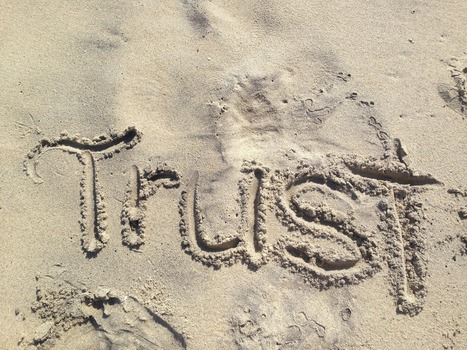


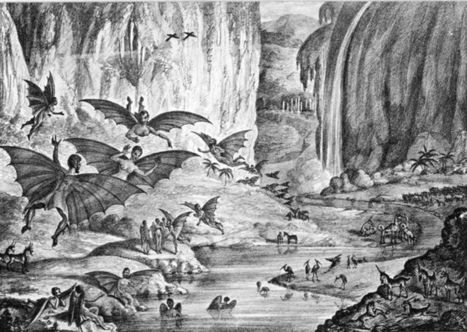

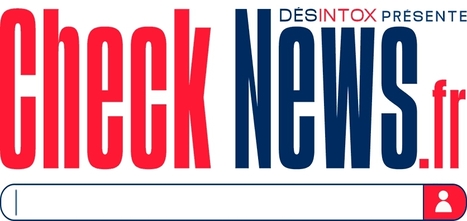


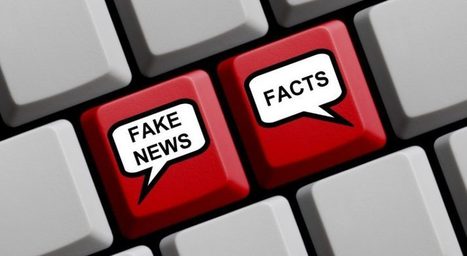
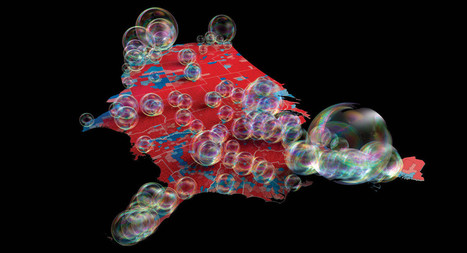
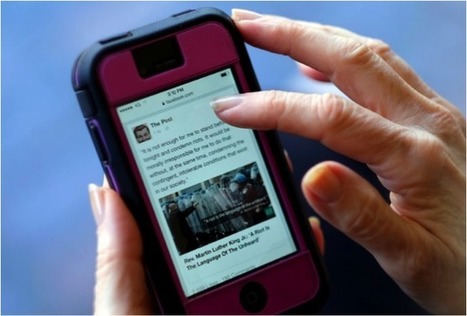





Trust in media impacted by fake news? Good read!